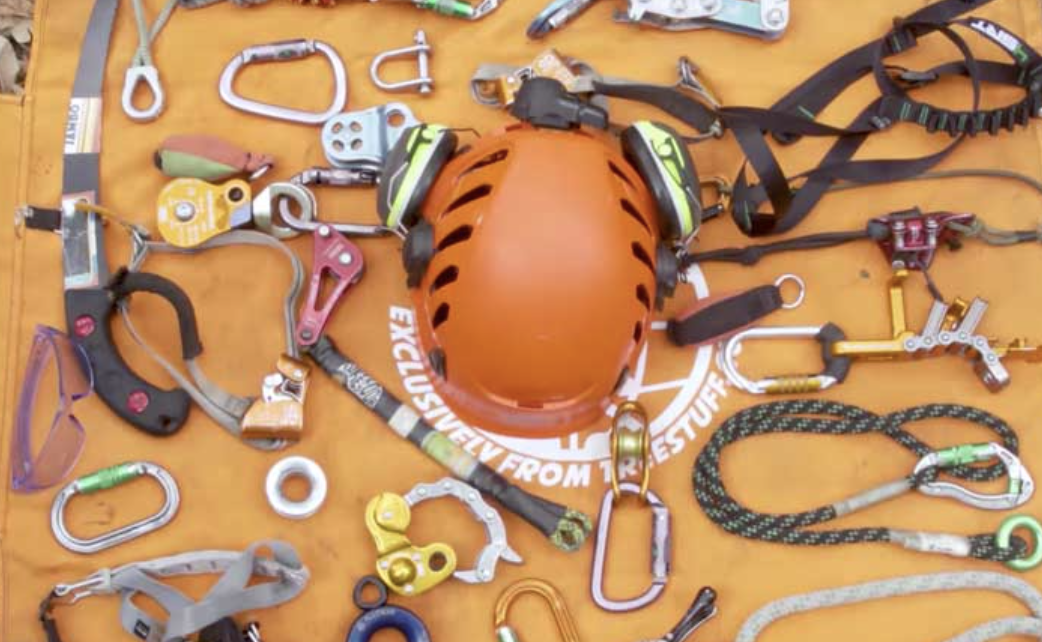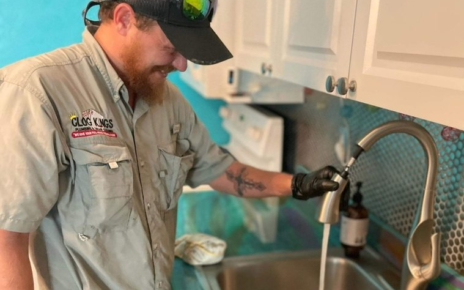What’s Available in an Arborist’s Toolkit?
Not everyone with a chainsaw can be responsible for dealing with tree trimming and removal. Not only is an arborist a specially trained position, but it also requires specific and specialized equipment to do the job correctly and safely. The main tools that the arborist has are training and certification.
What Types of Equipment Do Arborists Use?
There are four categories that an arborist’s equipment falls under. It can all fit under the four following headings:
- Climbing /Rigging
- Cutting
- Trimming
- Safety
There is a very long list of items under each of these categories and, yes, cutting and trimming are completely different, a distinction that will be explained a little later.
How Are the Tools Used
The tools that are used in tree service are much more than just a saw and a rope. Tree care needs a wide variety of tools. Listed below are the categories along with brief explanations of each and examples of tools under each category.
- Climbing and Rigging Equipment: This type of tool is used not only to allow an arborist to climb up into the tree, but also to brace branches during the cutting or trimming process. This category features tools such as:
- Ropes
- Slings
- Carabiners
- Pulleys
- Cutting Tools: These are used to remove large portions of the tree due to disease or damage. Tools used include:
- Axes
- Wedges
- Hatchets
- Chainsaws
- Trimming Tools: Trimming tools are often the same tools used for cutting, but instead of removing branches for tree health, trimming is used to produce a certain shape for aesthetic value or to keep the tree from growing into the wrong places such as power lines. Some of the tools primarily used for this job include the following:
- Pruning shears
- Hedge trimmers
- Pole saws
- Handsaws
- Safety Equipment: Obviously, these tools are used to protect the arborist as he or she does a job. These pieces of equipment include things like:
- Hard Hats
- Safety Goggles
- First Aid Kits
- Gloves and protective clothing
Training To Be an Arborist
Many people may not know that there is a great deal of training required in order to become a certified arborist. The certification by the ISA or the International Society of Arboriculture is the last step in the process.
While many arborists-in-training do receive on-the-job experience and education, many have bachelor’s degrees in forestry or another similar field. Because arborists need to be able to make a tree risk assessment and identify tree diseases, there is a lot of practical work involved as well.
The Top Priority: Safety
While it may seem that a tree service company is all about trees and plant health care, the main thing any arborist should be concerned with is the safety of his or her crew and that of their clients. Part of the reason for all the equipment is to keep a homeowner’s property clean of hazards and free of damage. The arborist is not working for the trees, they are working for their customers.
About Arborwise Tree Service
Arborwise Tree Service has been serving the Pinellas County, FL area for nearly two decades and has obtained the master arborist certification through the ISA. Call them today for all your tree care needs.
This post was written by a professional arborist at Arbor Wise Professional Tree Care. Robert Miller is the owner of Arbor Wise Professional Tree Care, a locally owned and operated tree service company that offers superb lawn care by the most experienced Arborists. Arborwise Tree Services is a tree removal company that offers stump removal, tree pruning, stump grinding, fertilization, and tree restoration. We have an extraordinary lawn care industry notoriety covering the Pinellas county area.





